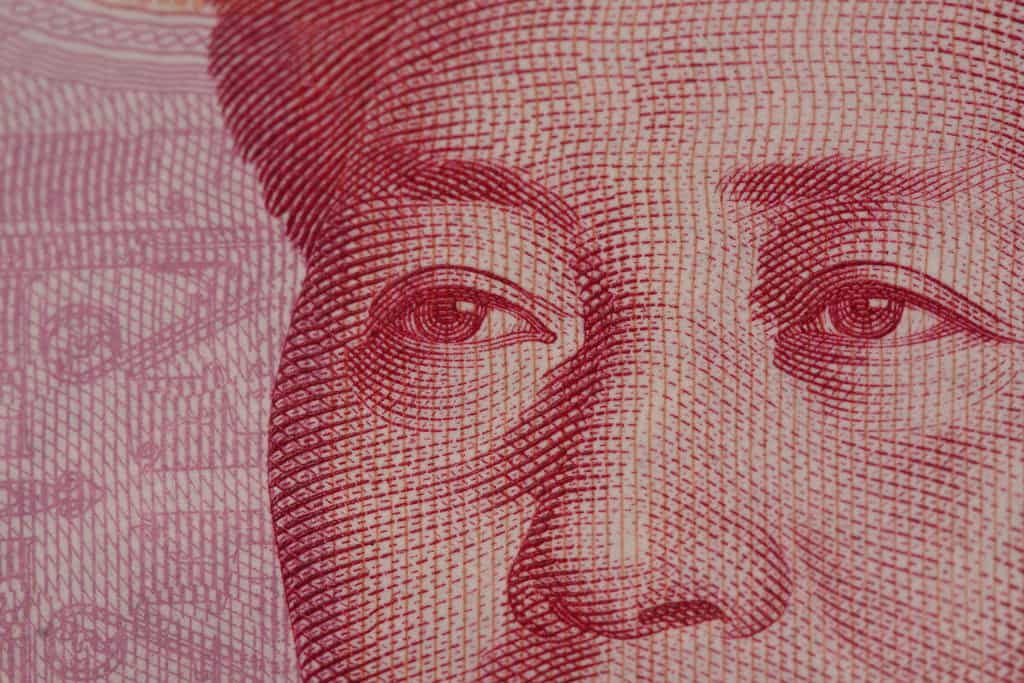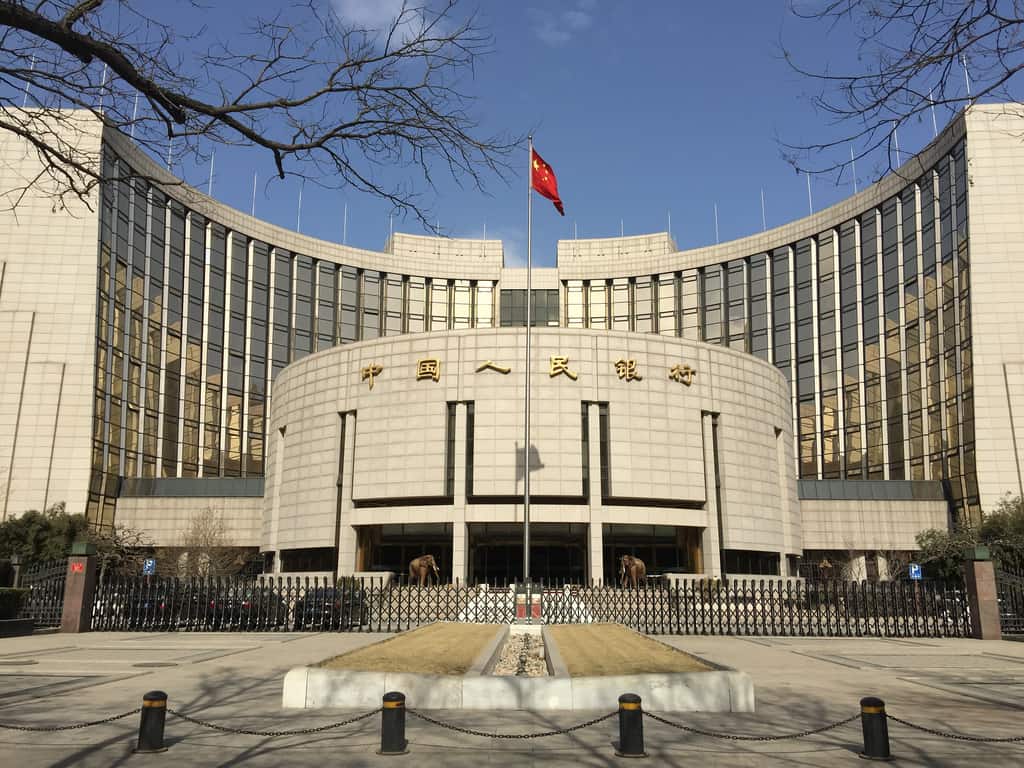A leading Chinese economist has called for Beijing to step up stimulus policies to avert an incipient deflationary cycle, as growth in China’s consumer prices remains tepid despite the breakneck inflation that has wracked the world’s advanced economies over the past year.
In an opinion piece published on Sina, Tao Dong (陶冬), economist and the deputy chair for Greater China at Credit Suisse Private Banking, writes that recent consumer price index (CPI) data indicates China is at risk of succumbing to a deflationary cycle.
“Are we far from the era of deflation?” Tao writes. “There are narrow and broad definitions of deflation. The narrow definition refers to a negative CPI index, which the Chinese economy has not yet reached, but this risk is increasing.
“The broad definition of deflation refers to a change in expectations for enterprises and residents, which leads to a contraction in economic behavior. Based on this definition, we may have already entered a deflationary state.”
Official data indicates China’s CPI increased by 0.7% in year-on-year (YoY) terms in March, while PPI decreased by 2.5% YoY, in sharp contrast to the inflation gripping other major economies.
Tao points out that this deflationary phenomenon has occurred during an economic upswing in China, with growth in GDP recovering, and the scope of bank loans hitting record highs.
This growth has arrived on the back of stimulus measures by Beijing in the form of accelerated bank lending, as the Chinese economy continues to grapple with low consumer confidence and the weak willingness on the part of private enterprises to make investments.
“Since the beginning of this year, the government has provided significant stimulus to the economy, and infrastructure construction is booming across the country,” Tao writes. “The scale of medium and long-term bank loans is unprecedented.”
Tao points out that this record level of bank lending has still failed to achieve its desired stimulus effects with regard to efficiency or improvements to demand.
A significant portion of the huge volume of medium- and long-term bank loans went to state-owned enterprises and local government financing vehicles, in order to drive infrastructure construction that observers have long pointed out can be fraught with inefficiencies.
Other loans were used to replace maturing local government debt, which explains why indicators such as excavator orders have failed to keep pace with the new high in bank loans.
“The multiplier effect of stimulus measures has not been ideal, making it difficult to stimulate larger-scale investment throughout society,” Tao writes.
“Converting monetary expansion into all-round credit expansion and converting investment by local government financing vehicles into all-round investment into different enterprises seems to have been of limited effectiveness.”
For this reason Tao advocates the adoption of stronger and more effective stimulus policies to avert the perils associated with protracted deflationary cycles.
“The deflationary mindset is a change in expectations,” Tao writes. “When enterprises expect a decline in profits, they invest less; when consumers expect a decline in income, they consume less. This is a self-generating, reciprocally transmitted, and constantly escalating mindset. Enterprises only think of repaying debts rather than investing, and household hold onto their money tightly. Once the deflationary mindset forms, it is difficult to correct.
“Breaking the deflationary mindset requires a change in expectations. China needs to introduce more powerful policy stimulus.”
While the Chinese central bank has been relatively restrained about cutting interest rates in the recent past, Tao speculates that the next interest rate cut or reduction in the reserve requirement ratio may not be far off, and that cancellation of real estate purchase restrictions could also be on the cards.
Tao points out, however, that the emphasis should be on ensuring that credit creation reaches private enterprises that are more likely to produce efficient growth.
“Ultimately, it all depends on whether monetary expansion can bring credit expansion to private enterprises,” Tao writes.




